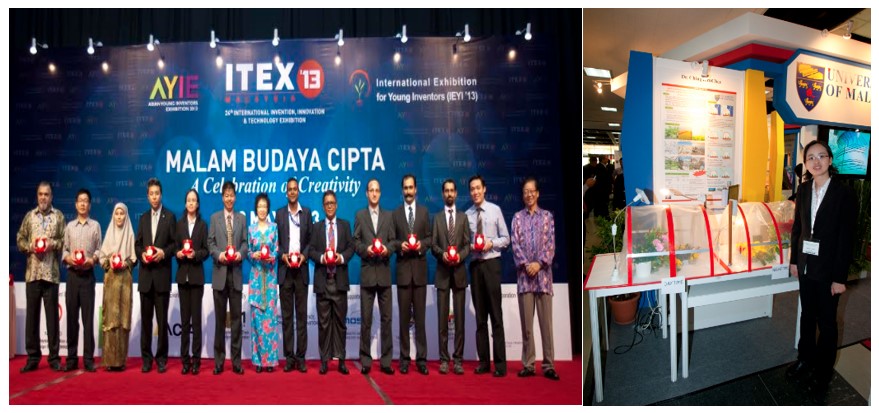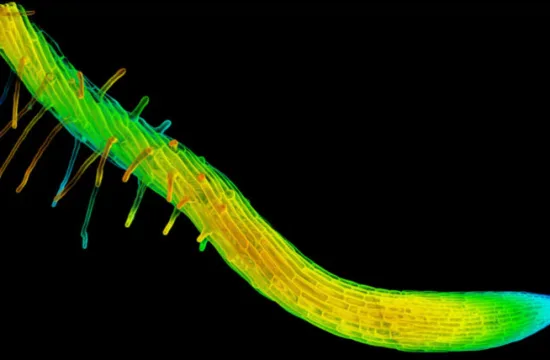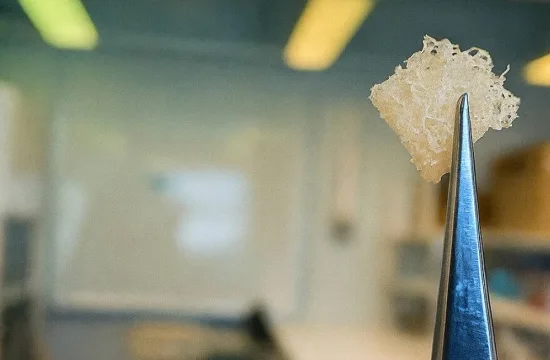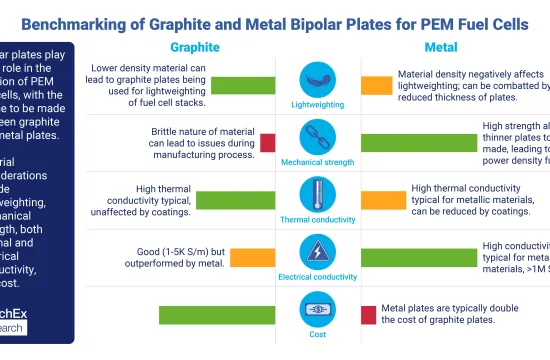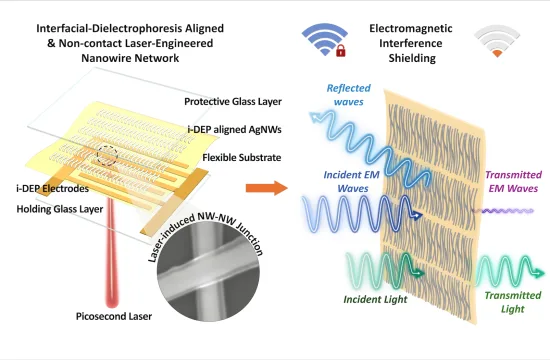This novel AgIR coating lacquer with complex nanomaterials is an effective far infrared absorber and UV blocker for agricultural greenhouse film. AgIR® lacquer has provided the agricultural greenhouse film its unique properties such as light diffusion, thermicity, stabilization against UV breakdown, blocking of ultra violet radiation and more.

Credit : Ir. Dr. Ching Yern Chee
Growing vegetables under tunnels or greenhouses covered with the so-called thermic films (plastic films opaque to infrared (IR) radiation, especially between 3000-14000 nm) is known to have a greater vegetative development, earlier harvests of greater quality and more abundance. These films present additional advantages, such as the reduction of risk of frosts when the greenhouse is not heated, and an important reduction of the energy consumption when a system of heating is used. Both improvements of the films are due to the lower heat losses by radiation.
The use of standard mineral fillers or additives, such as calcined kaolin, calcium–magnesium, along with others which have been normally used to increase the IR opacity of low-density polyethylene (LDPE) and other greenhouse films, accelerates the photodegradation of the film as well as moderately increases the haze condition and diminishes the light transmission.

Credit : Ir. Dr. Ching Yern Chee
This newly developed nanocomposite coating lacquer by University of Malaya’s researchers, Ir. Dr. Ching Yern Chee and her team, has the desired characteristics of high far infrared (FIR) effectiveness and high transmission levels of photosynthetically active radiation (PAR). FIR effectiveness measured by fourier transform infrared showed that the AgIR® coating lacquer has greatly improved the thermic effect of agricultural film. The novel improvement of FIR radiation is important due to their relationship with energy retention and the “Greenhouse Effect” which can retain the long wave IR radiation from rapid loss at night.
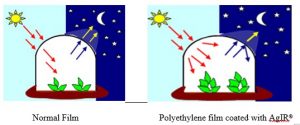
Credit : Ir. Dr. Ching Yern Chee
The use of this specialized infrared barrier systems allows control of the climatic conditions inside plastic greenhouses such as those of small and large tunnels. During the day, slightly decrease the temperature inside greenhouses by blocking near infrared radiation (NIR; 750 -1400 nms) outside thermal greenhouses. While at night, increase the temperature inside greenhouses by creating a barrier to far infrared radiation (FIR; 3,000 -14,000 nms) which is reflected by the soil from rapid loss. These modified conditions optimizes the growing conditions, thus allowing farmers to extend the production season, increase yields and maximize profit.
AgIR® lacquer makes it possible to produce economical agricultural greenhouse film that can withstand severe agricultural chemicals levels and assure a service life of more than three years even under intense sunlight. The use of this special formulated UV blocker also protects greenhouse film against low-wavelength solar radiation by preventing the oxidation of the polymer chain of polyethylene from the damaging effects of these rays and prolongs its usage. Blocking out the UV will help to block out a significant part of the visible range of insects. UV-blocking materials have properties to filter the UV radiation (280-400 nm) interfering with the vision of insects and in consequence, their behavior related with movement, host location ability and their population parameters. BioAgUV® strongly absorbs UV-radiation up to 390 nm.

